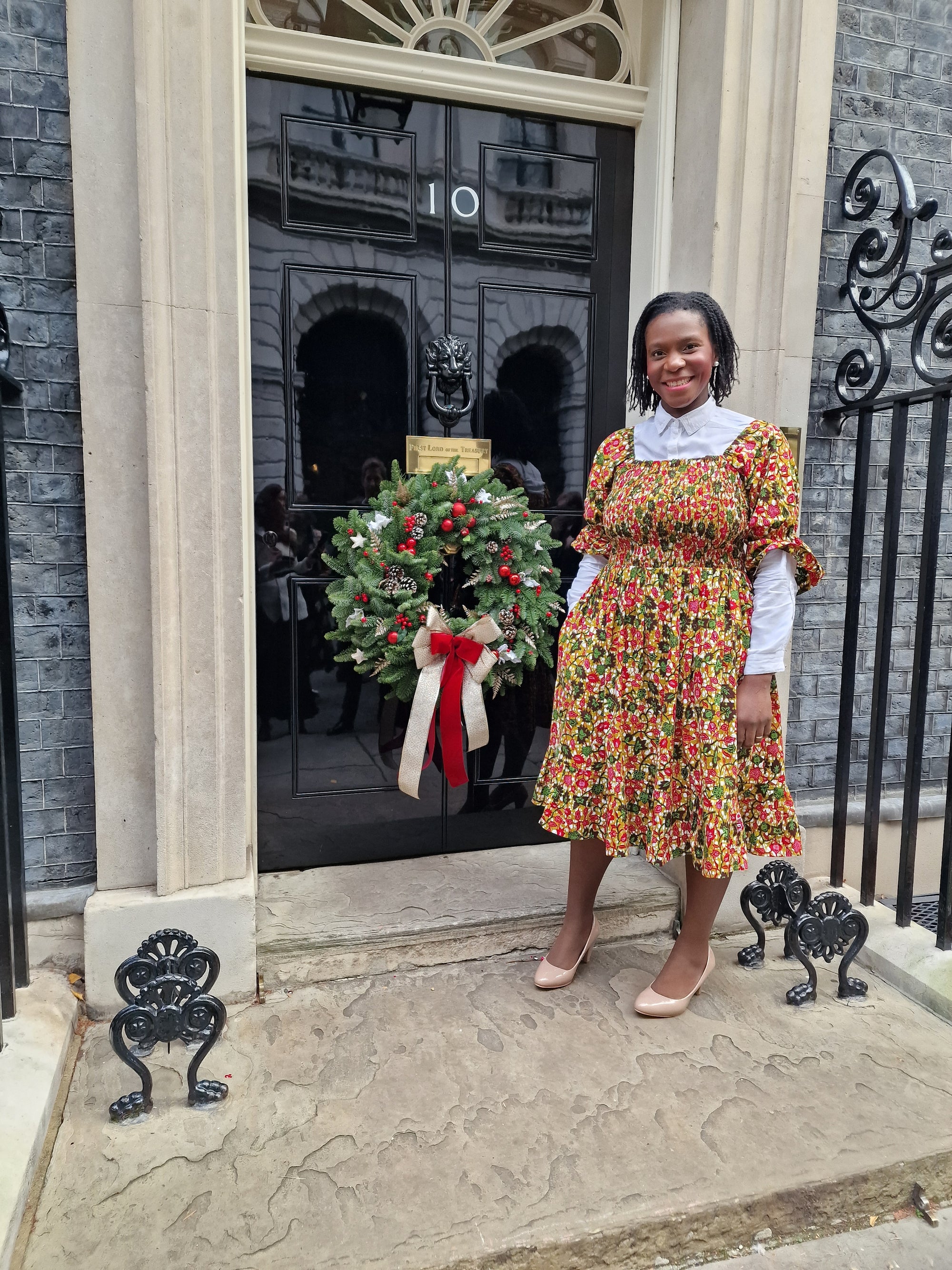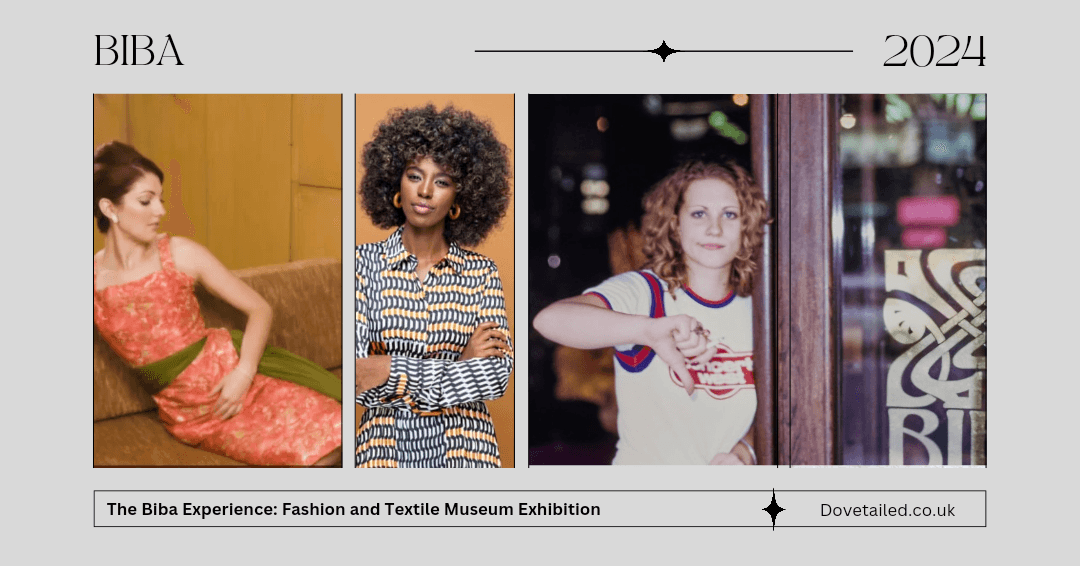The fastest way to improve your sewing skills is to learn proper pressing techniques. Pressing blends and sets your stitches, eliminates or reduces bulk in some areas and helps create a garment that lies flat and falls properly when you wear it. When you "press," you move the iron across the fabric by lifting it up and putting it back down in an overlapping pattern. When you "iron," you slide the iron across the fabric with a back-and-forth motion. Ironing may stretch or distort the fabric; pressing won't. The rule of thumb is "press as you go." And it's important to remember that you NEVER, NEVER cross one seam with another without first pressing the original seam open or to one side, as per the sewing instructions. You can minimise the number of times that you have to go back and forth between sewing machine and ironing board by organising your sewing. For example, you can work on different sections of the garment, going as far as you can on each part UNTIL the instructions tell you to press. Then take all the sections to the ironing board at the same time, and press everything that needs it.
This easy, three-step pressing technique will magically improve your sewing skills:
1. Press the seam flat along the stitching line to blend the stitches.
2. Press the seam allowances open or to one side, as indicated in the pattern instructions.
3. Press the seam or detail area from the right side. If necessary, protect the fabric with a press cloth.
Generally, light to moderate pressure is sufficient if your iron is at the correct temperature. Too much pressure can cause the cut edge of a seam to make a "bad impression" on the right side of your fabric. If you use too much pressure when working on velvet or other nap fabrics (corduroy, velour, etc.) you may flatten the nap. Also, if you press too hard on the right side of your fabric you may scorch it or make shine marks. Using a press cloth can help to avoid this problem. It's also a good idea to "test press" on scraps of your fabric to be sure you are using the optimum iron temperature and pressure.
Start with a good dry/steam iron and a sturdy ironing board with a clean, padded surface. The fabric guide on your iron is helpful for choosing the proper temperature setting. There are lots of special pressing aids on the market, but you can create easy substitutes for many of these items. For example, a man's handkerchief or a square of your fashion fabric makes a good press cloth. For pressing seams open on long cylindrical sections (think sleeves, pant legs, tie belts, etc.), make your own seam roll by placing a magazine on top of a piece of muslin, rolling the two up tightly together and securing the ends of the muslin with a few pins and there you have it!





Comment
Yeah, I made the mistake of skipping pressing and I kept wondering why NOTHING ever looked right. After researching a bit I realised why 😑